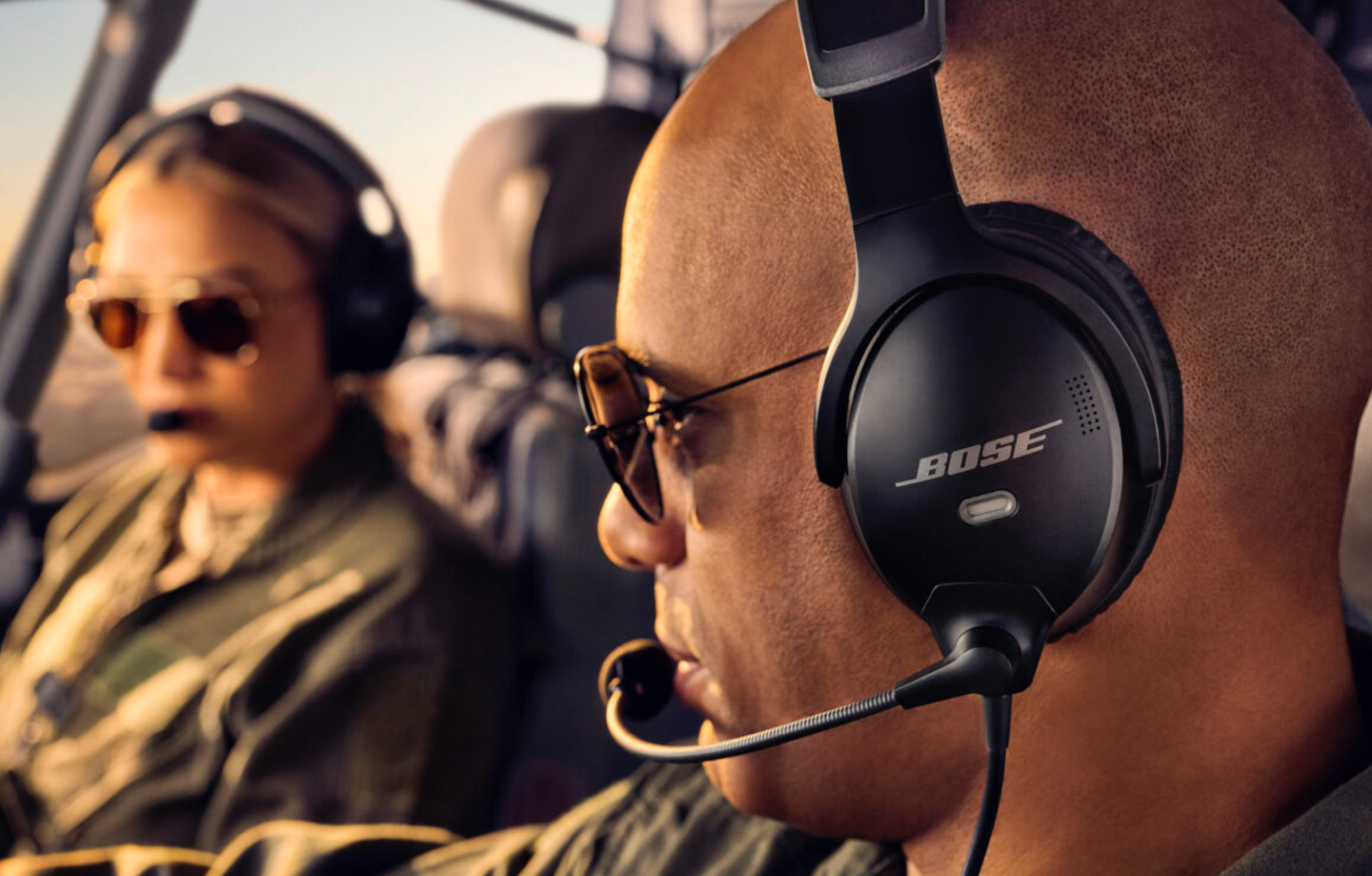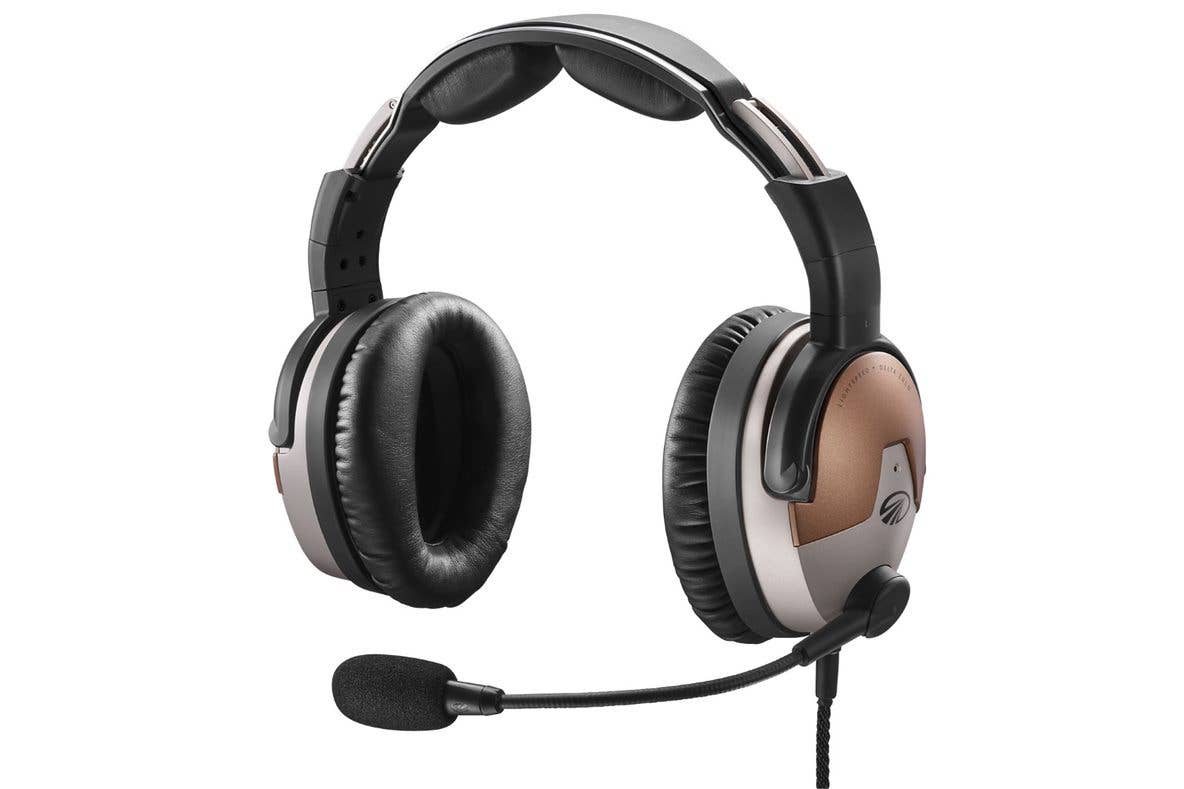We Fly Lightspeed Zulu 3
Here’s why it’s a revolutionary, not evolutionary, headset
One thing good about having an older airplane with a big engine is that its noisy cockpit is a great laboratory for trying out headsets. I went flying the past couple of days expressly to try out the new Lightspeed Zulu 3 active noise canceling headset, introduced just last month. I was expecting a good improvement over the Zulu 2, but I got a few surprises. So, how did it fare in our torture test?
It might seem as though Lightspeed has been around forever, but compared to most of their headset competitors, they're newbies. The company made a quick name for itself with its original headset, an ANR model with giant domes and copiously padded ear seals. But it worked great, cost less and with little to no competition in the segment, it soared to a level of popularity that took the headset world by surprise. For the past 20 years, Lightspeed has been upping its game and, to its great credit, trying new things, too, including an in-ear model, a budget model (the popular Sierra), a wireless offering (the Tango) and a really quiet product (the PFX) that pushes the envelope in every direction.
The Zulu 3 is, by all outward appearances, simply a refinement of the company's most popular model. But behind the scenes, Lightspeed designers were busy making it not an enhanced model but a completely reengineered lightweight premium headset.
Slipping the Zulu 3s onto my head, I noticed a couple of things right away. It's comfortable, but that was going to be a given, but it feels different than any Lightspeed before it because it fit differently. With completely redesigned titanium domes with more room for the ear to fit and more depth thanks to an angled earpad, the ’3 feels more solid, more snug, and for lack of a better way to describe it, more like it's not ever there, which is the ultimate compliment for a headset: it makes your life in the cockpit easier and you forget that it's even there.
I also love the new heavy duty cables with heavy duty woven covering---which Lightspeed borrowed from its Tango headset. The Bluetooth worked great, and the sound quality of the radio audio was excellent both coming in and, at least according to the controllers I asked, heading out too. I tried both the Bluetooth audio from my iPhone 7 Plus, which sounded great, and the phone itself, which worked without a hitch. The phone is especially handy, as there are still a lot of airports out there where you can't get cleared to take off from unless you've got a phone.
One of Lightspeed's major goals with the Zulu 3 was to position it head-to-head with its major rival, the Bose A20 Aviation Headset, and it's done that. They are both excellent headsets. Some pilots will prefer one to the other, but in this case, it's hard to go wrong with either. I have a few hundred hours of experience with the Bose A20, and it's the most comfortable headset I've worn for multiple long legs in a small plane. Until I fly a few long trips with the Zulu 3, which I plan to do, I won't know for sure how comfortable it is for the long haul, but every indication so far is very good. I can't wait to find out.
With the Zulu 3, Lightspeed has created a product that is without any apparent weaknesses, and it's done it at a great price for a premium headset. With a street price of $850, the Zulu 3 should prove another hit for Lightspeed.
Learn more at Lightspeed Aviation.

Subscribe to Our Newsletter
Get the latest Plane & Pilot Magazine stories delivered directly to your inbox






